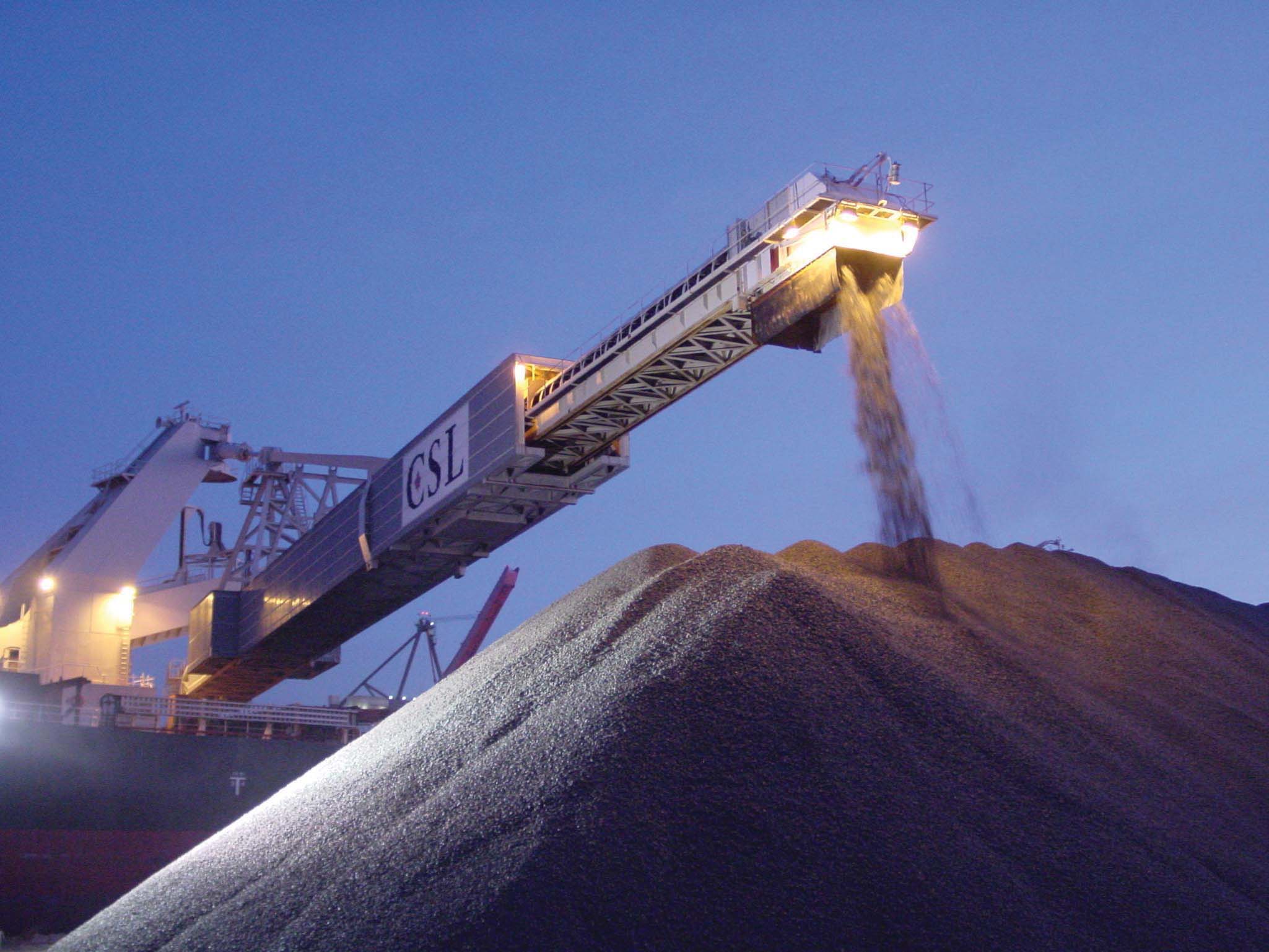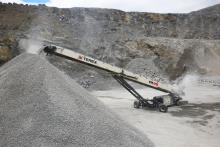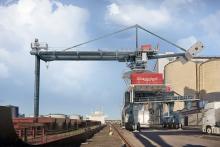
Transporting and handling aggregate cargo using self-unloading vessels offers significant advantages to companies seeking an environmentally-responsible shipping solution.
This is the view of global company CSL, which also points to the system being “cost-effective, efficient and reliable”
“From crushed limestone to sand, gravel and stone, belt self-unloading technology helps to keep costs down and minimise dust and noise,” says the company.
“Aggregates are a fundamental commodity in the construction industry supply chain, and transportation is an important link in this chain.
“While the majority of aggregates in Europe have historically been moved by truck and rail, increasing efforts to reduce environmental impacts, road congestion and pollution are driving companies to seek eco-friendly, efficient and reliable alternatives, such as marine transportation. Short sea shipping routes in the North Sea, the Atlantic Ocean and the Mediterranean provide a well-established transportation network on which companies such as CSL can operate to the benefit of customers.”
Said to be particularly well-suited for transporting and handling aggregate cargoes are belt self-unloading vessels; specialised ships equipped with onboard cargo handling systems and the ability to discharge without shore-based unloading equipment.
“In fact, self-unloaders, such as those operated by CSL in Europe and throughout the world, provide ideal solutions for shipping and handling aggregates such as sand, gravel, and stone,” says the company.
“Moreover, as the aggregates industry works to reduce its environmental impact without compromising the efficiency of its operations, self-unloaders are equipped to help deliver cleaner and greener solution by minimising or even eliminating dust, spillage and noise.”
Belt self-unloading vessels are equipped with long, discharge booms and integrated conveyer belts. When aggregate cargo is discharged from the vessel, it is smoothly delivered directly from the holds along conveyer belts through the boom to a stockpile or hopper ashore, at a rate of up to 2,500tonnes/hour. Some booms can deliver cargo up to 70m inshore.
The vessels are designed with a Vhopper shaped holds to minimise loss on discharge as no cargo remains in the hold after release.
“Since there is no residue left in the hold, there is no need to employ bulldozers to clean up the remaining cargo away from the corners where grabs cannot reach,” says CSL.
“Belt self-unloading vessels are also capable of trans-shipping offshore, thereby eliminating port trans-shipment costs. For example, an aggregate supply chain may require the splitting of cargo from the belt self-unloading vessel to one or more barges.
In this case, trans-shipment simply involves the direct discharge of cargo, without spillage and without the additional quayside infrastructure and labour costs normally associated with a similar operation onshore.
“Designed with built-in self-discharging capability, self-unloading vessels and CSL’s on-demand approach work together to remove the need for costly capital investments on high maintenance port discharge equipment and infrastructure. They also do not require the expense of stevedores or clean-up crews typically associated with conventional dry bulk carriers.”.








